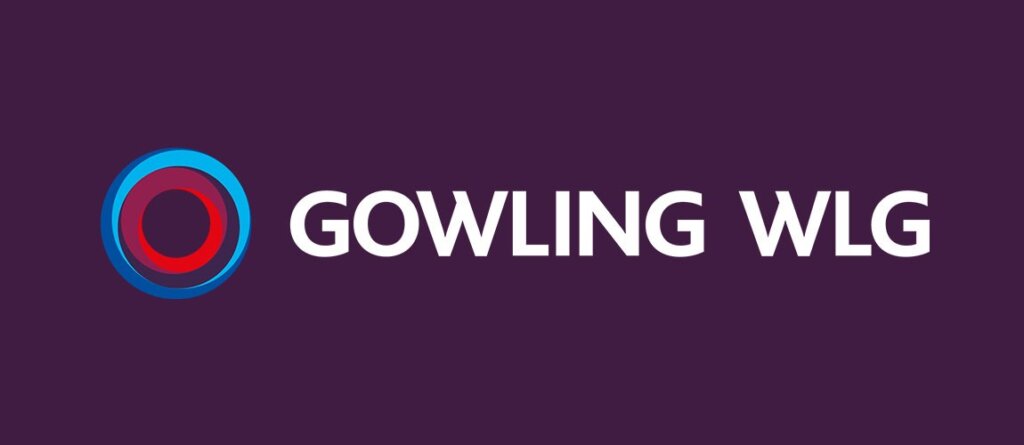Home » Is my invention patentable? Gowling WLG’s Derek Sheppard and Alex Ross offer helpful search tips for budding innovators
Is my invention patentable? Gowling WLG’s Derek Sheppard and Alex Ross offer helpful search tips for budding innovators

For an invention to be granted a patent, three key requirements need to be met:
- the invention must be novel;
- non-obvious; and
- have utility (meaning it has to actually work.)
Let’s take a closer look at how to ensure your invention is novel.
To be considered novel (or new), the invention must not have been available to the public before the first patent application was filed. Importantly, “available to the public” does not require that the invention can actually be found for sale somewhere. Although selling a product is often enough to make an invention embodied in that product “available to the public”, printed or online publications, anywhere in the world, are also taken into account.
If the invention has already been disclosed, it is said to be “anticipated.” As such, the invention will not meet the novelty requirement, and thus will not be granted a patent, even if you came up with the idea independently. Even a long-forgotten patent or other public document from decades ago is enough to prevent anyone else from obtaining a valid patent for the same thing.
Before hiring a patent agent to perform a novelty search, innovators can perform their own preliminary search. It would be disappointing to pay a patent agent to find a prior disclosure you could have found yourself – not only do you have the bad news that your invention isn’t patentable, you also have an invoice.
Online resources available to the public, which can be useful for performing a preliminary search:
– General search engines – Peer-reviewed journal websites
– Private patent databases – Government patent databases
When using a general search engine such as Google or Bing, it is important to start with broad search-terms, and narrow these terms carefully based on the results. Some search engines may track searches, so you should avoid using terms that completely disclose the invention. Also, consider using synonyms in multiple searches to provide a wider scope.
Searching through peer-reviewed journal websites is a good way to find inventions that may only be disclosed in scholarly journals. Typically, a general search engine will not reveal these results unless the exact title (or something close to the exact title) is used. One of the most popular free peer-reviewed journal databases is Google Scholar. When using public databases of scholarly journals, it is important to use the same narrowing search technique and synonyms previously described for general search engines.
Similar to peer-reviewed journal databases, there are private patent databases that allow patent applicants to search for patents granted by different countries and jurisdictions throughout the world. Perhaps the most comprehensive free private patent database is Google Patents (there are some that are more comprehensive but they are not free to search). Patent databases typically allow for advanced search options to help narrow down the search results, and allow the user to target specific results. Again, the same advice about search terms applies.
Lastly, government websites such as the Canadian Intellectual Property Office (CIPO) and the United States Patent and Trademark Office (USPTO) host databases containing patents and patent applications in their respective jurisdictions. Overseas, the European Patent Office (EPO) has a more comprehensive database covering multiple jurisdictions.
These websites offer advanced search options that allow for the narrowest possible patent searches. Like the search options explored above, it is best to perform a narrowing-down strategy and use word variations to obtain the best results.
These resources offer inventors a free, easy, and quick means to search for potential issues before hiring a patent agent. If your own preliminary search reveals no similar inventions, you can be more confident taking the next step with a patent agent. Likewise, if you find something similar but not identical, taking that information to the patent agent will help her assess whether your invention is patentable. In either case, doing some initial legwork will amplify the value that a patent agent can provide.
Interested in learning more about the patent process? Contact any member of Gowling WLG’s global Intellectual Property Group to begin a conversation.
Learn more about LiONS LAIR on lionslair.ca
Innovation Factory
Innovation Factory is a business accelerator, dedicated to helping Ontario-based businesses launch, scale, and succeed. Supporting the Brant, Halton, Hamilton and Norfolk regions, we provide start-ups, and scaling companies with advisory services, training, mentorship, and strategic connections to help bring disruptive technologies to market, leverage intellectual property, increase revenues, attract investment and create jobs. Innovation can happen anywhere, our goal is to make it work everywhere. We work to elevate key industry sectors including advanced manufacturing, clean tech, information technology, smart transportation, life sciences & health care and social innovations. We are passionate about driving the growth of Ontario businesses like yours. Whether you are an entrepreneur bringing new ideas to market or a scaling business trying to get to the next level, we want to help.

